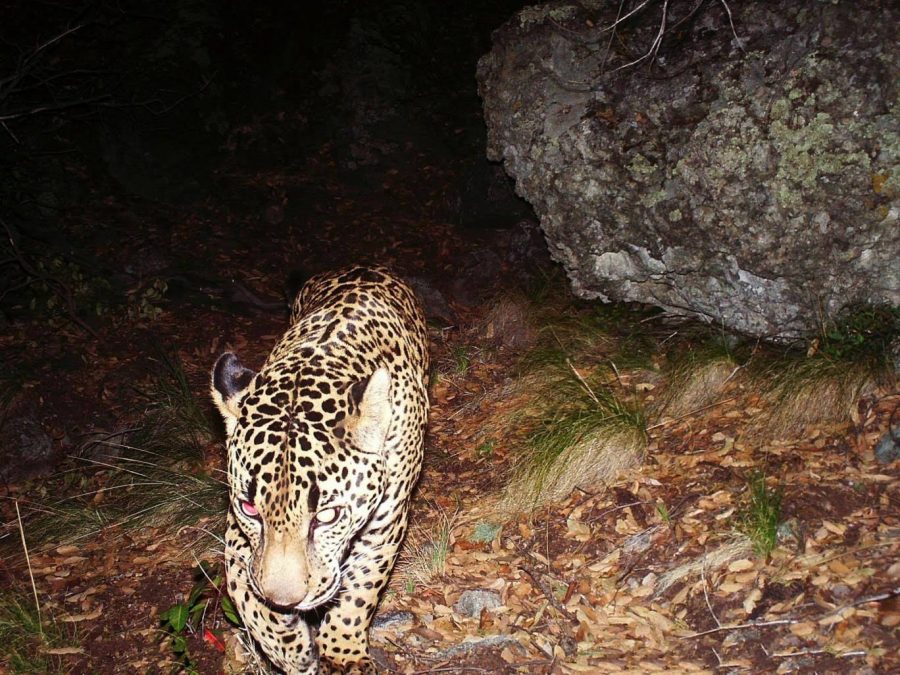An Obstacle Too Big To Climb Over
October 25, 2017
People are not the only creatures migrating between U.S. and Mexican borders.
The evidence that Trump’s Wall will actually succeed, is minimal. Illegal immigrants travel to the United States in numerous ways, some of which the wall could not prevent, such as flying to the U.S. on a temporary visa, and others that could simply manipulate the design. The underappreciated problem behind the wall is the environmental toll it will place on the Rio Grande Valley ecosystem.
The wall is planning to start at, and cut directly through, the Rio Grande Valley National Wildlife Refuge, creating a serious problem for the creatures of that particular biome. NPR News aired a segment on the issue, explaining that rare animals and herbaceous plants will face extinction under the new conditions the wall will generate. The Leonardo DiCaprio Foundation elaborates on this idea, listing examples of these species: including ocelots, monarch butterflies, pygmy owls, and sonoran pronghorn.
The wild jaguar, El Jefe, a key aspect to biodiversity, is also at risk, according to The Independent. The wall will prevent water from expanding if the Rio Grande were to flood. This could potentially result in extinction of particular species of plants, as well as destroy the habitat for the rare animals in that area. Other deadly effects for these creatures would be the destruction of available breeding and migration, as the wall would act as a geographic barrier for these species.
There is no argument that illegal immigration has been intensified throughout U.S. history. The argument lies in the solutions for it, or whether actions should be taken against it at all. While Trump is determined to extract the illegal aliens from U.S. soil and prevent new ones from advancing in the future, a wall will not be the effective solution. This will be seen in the minimization of species diversity throughout the United States and the disappointing truth that humans can still overcome this obstacle, but other crucial species cannot.
“Why Care?”
The question is always asked, and the truth is very important. Many people advocating the importance of environmental cognition fail to explain their reasons fully. The wall will limit biodiversity, which is an important factor to our world. To explain further, YPTE (Young People’s Trust for the Environment) uses the fact that without biodiversity, soil grows weak, erodes faster, and therefore increases droughts and flooding. The biodiversity of plants supports agricultural crops, essential sources of food for humans. Without their biodiversity, humans’ access to food becomes more scarce.
With disasters such as droughts and floods, not only are animals and plants effected, but humans and economies as well. The destruction of an ecosystem now, will only circle back and lead to greater costs for repair and unstable economies and/or lifestyles for people in the future. These issues directly effect the people, and it is crucial that everyone understand that actions do not only benefit or harm one aspect of life, but create a chain reaction which effects the whole world.
Featured Image taken from The Independent

